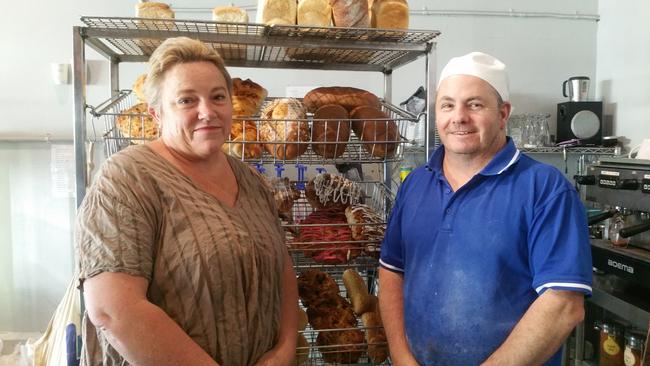Heartbeat of Australia: The importance of our grassroots groups
Grassroots groups are often the heartbeat of regional communities. But many were brought to their knees after natural disasters and the pandemic.
First, it was years of drought plaguing vast swathes of regional Australia.
Next came the devastating bushfires of summer 2019-20, and just as small towns and regional communities were on their knees, the Covid-19 pandemic reached our shores.
When bushfires hit Victoria in summer 2019-20, Corryong Neighbourhood Centre co-ordinator Sara Jenkins said the centre was inundated by requests for help from people affected by fires.
Almost two years laster, Ms Jenkins said the enduring effect of the pandemic had stretched financial and human resources thin.
“It’s exhausting,” Ms Jenkins said.
Community groups such as the Corryong Neighbourhood Centre- which provides many services, from a Centrelink and VicRoads agency, to running a gardening group, offering mental health services, and operating a community bakery and garage – remained a cornerstone of their townships even as resources ran low.
“There’s just no capacity for the lightweight stuff. That used to be what we would do. But now, it’s a lot more serious,” Ms Jenkins said.
“We don’t have the capacity, and the community doesn’t have the capacity.”
The cumulative effect of the succession of disasters has wreaked havoc on the resilience of small communities and their grassroots organisations, as highlighted in a recent Foundation for Rural and Regional Renewal report.

FRRR, an organisation that supports small organisations and grassroots groups through grants and assisting people in applying for external grans, dived into the role of community organisations in regional Australia.
The FRRR report showed about half of responding organisations had grappled with drought in the past two years, while 37 per cent had been affected by bushfires, 26 per cent hit by floods, and almost one in five dealt with the mouse plague.
More than half of the 640 community groups in the report were entirely volunteer led, with no paid staff, and had revenues of less than $50,000 each year.
FRRR chief executive Natalie Egleton said regional Australia has been on the frontline in recent years.
“The tank is pretty much empty. There are less people doing more,” Ms Egleton said.
“People are feeling hyper vigilant and trying to be ready for the next thing is purely exhausting.
“Without these community groups, our small towns wouldn’t exist. And if we invest in them, support them, and fund them better, regional Australia as a whole will be a much more vibrant and sustainable place.”
Assessing how grants are delivered, donating directly to community groups and the FRRR is one way to shift the burden from small communities, Ms Egleton said.
“At the moment there’s no recognition of that resourcing cost. There’s an opportunity for funders to be more open to that,” Ms Egleton said.
“We also want to be sending a message about the immense value of these groups, and we’ll continue to put out information and amplify the economic value of these organisation. It’s under-recognised, and if we don’t fund them, they won’t be what they are.”





